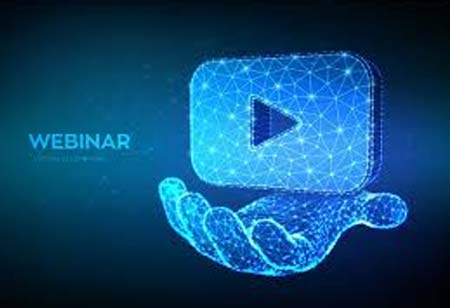THANK YOU FOR SUBSCRIBING
Be first to read the latest tech news, Industry Leader's Insights, and CIO interviews of medium and large enterprises exclusively from Gov CIO Outlook
THANK YOU FOR SUBSCRIBING

By
Government CIO Outlook | Thursday, May 15, 2025
Stay ahead of the industry with exclusive feature stories on the top companies, expert insights and the latest news delivered straight to your inbox. Subscribe today.
Fremont, CA: Video has become paramount for communication within government and public sector organizations. As these entities strive to engage more effectively with citizens, stakeholders, and employees, video has emerged as a powerful tool for sharing information, promoting transparency, and encouraging public involvement. This format is particularly effective for engaging the public because it can simplify complex topics, evoke emotions, and hold attention better than traditional text-based communication. Governments utilize video to create policies, programs, and services more relatable and understandable for citizens.
Instructional videos about accessing public services or new regulations can demystify government processes for a general audience. Videos that explain critical information clearly and concisely help bridge communication gaps, ensuring that all citizens, regardless of literacy level or language proficiency, can access essential information. Video significantly promotes openness by allowing government agencies to broadcast live events, public meetings, and official statements directly to citizens.
Live-streamed sessions of parliamentary debates, council meetings, or press conferences ensure that citizens can observe decision-making processes as they happen. This fosters inclusivity, as the public can witness the actions of elected officials and hold them accountable. Government departments often use video to explain the outcomes of key decisions or investigations, enhancing credibility by providing a visual and transparent means of communication. Video has proven to be a critical tool in such situations, as it allows for rapidly disseminating essential information.
Video-based training programs and webinars allow governments to deliver consistent and scalable education to employees, especially when introducing new technologies, regulations, or processes. Pre-recorded video tutorials, how-to guides, and online courses provide a cost-effective and flexible way for government employees to learn at their own pace. This helps streamline workflows, ensure consistency across departments, and reduce the need for costly and time-consuming in-person training. Governments can often be perceived as impersonal or bureaucratic.
In addition to personal messages from officials, video campaigns that showcase how government programs directly benefit communities—through interviews, case studies, or success stories—help build trust and create a more positive public perception of government initiatives. By highlighting the faces and voices behind government operations, video helps break down barriers and fosters a more collaborative relationship between the public and the government.
The role of video in government and public sector communications continues to grow, driven by its ability to engage, inform, and build trust with citizens. From promoting transparency and accountability to enhancing crisis communication and improving internal operations, video has proven to be an indispensable tool in modern governance. As digital communication becomes increasingly vital, video will remain at the forefront of how governments connect with and serve the public, making information more accessible, relatable, and impactful.
I agree We use cookies on this website to enhance your user experience. By clicking any link on this page you are giving your consent for us to set cookies. More info



